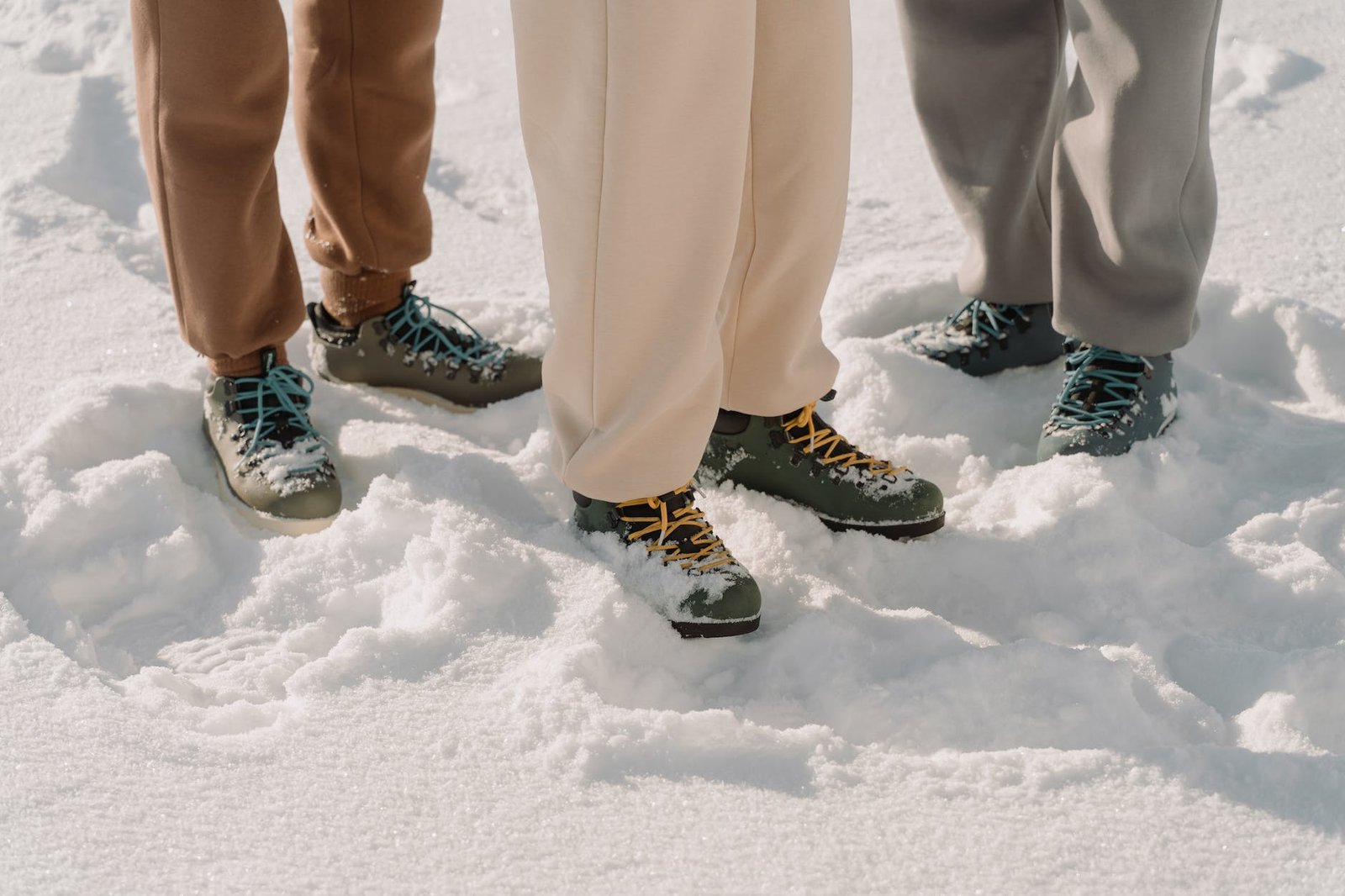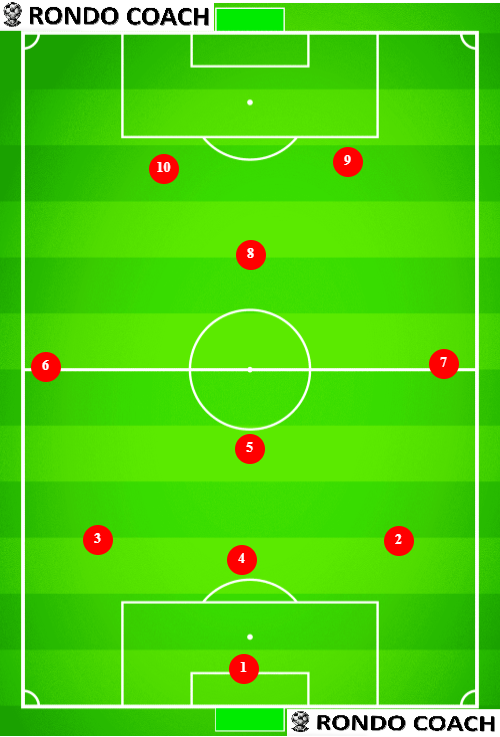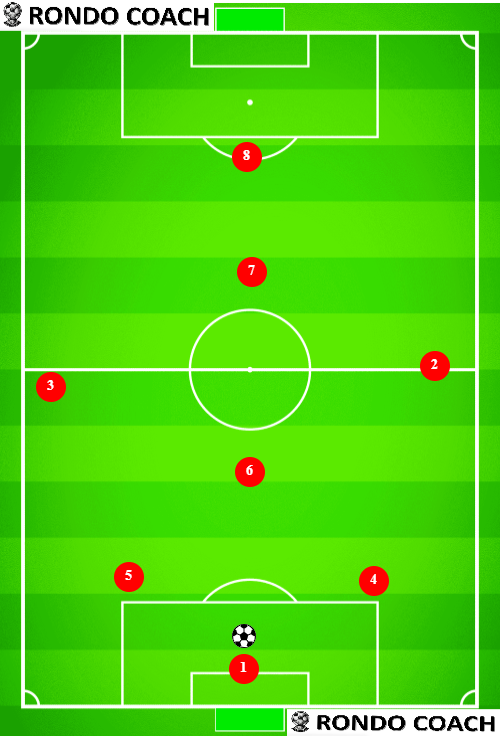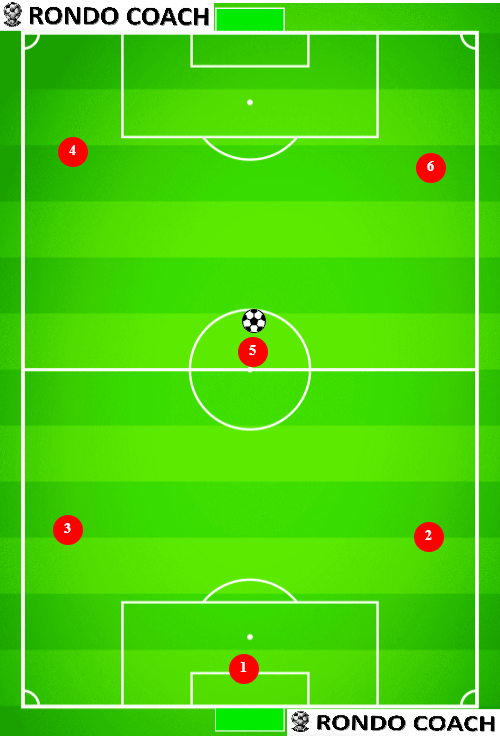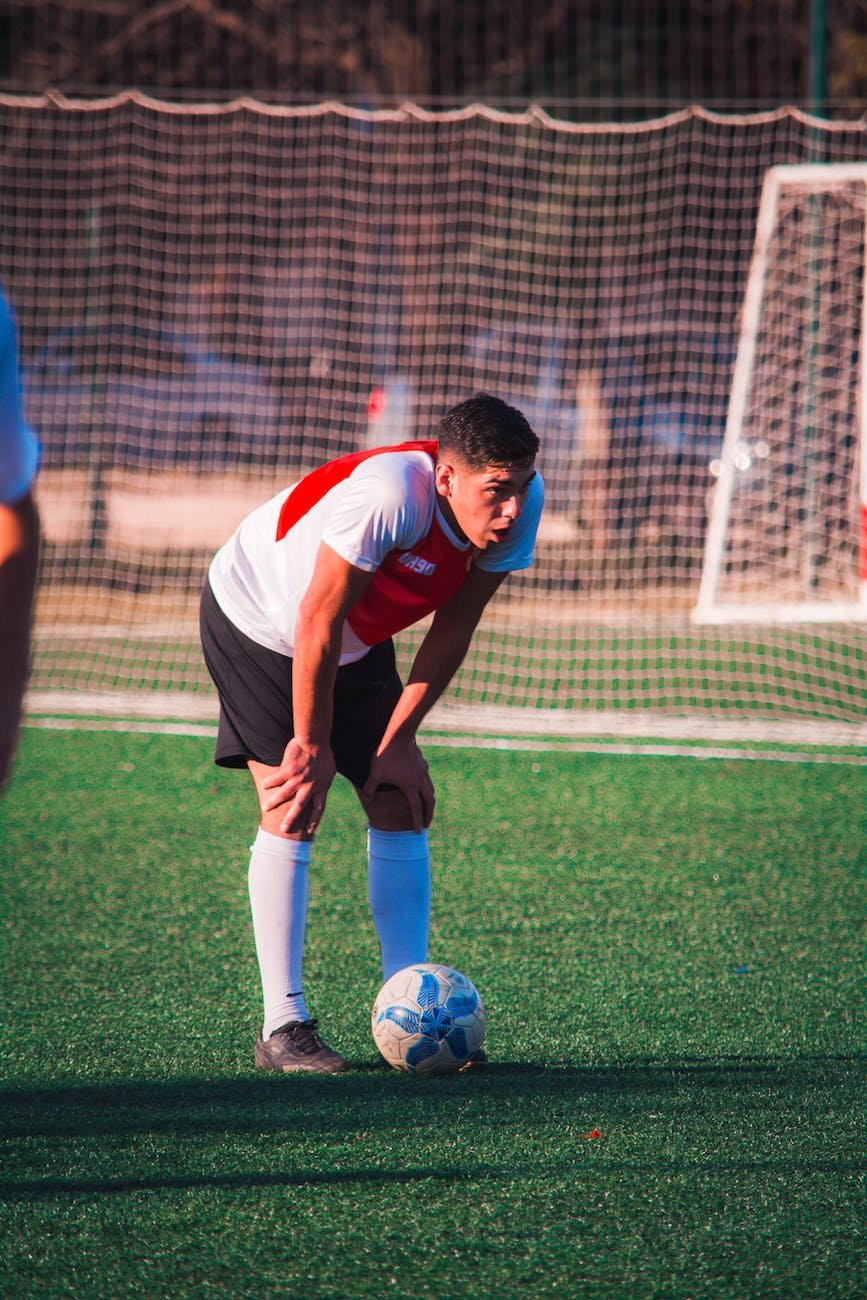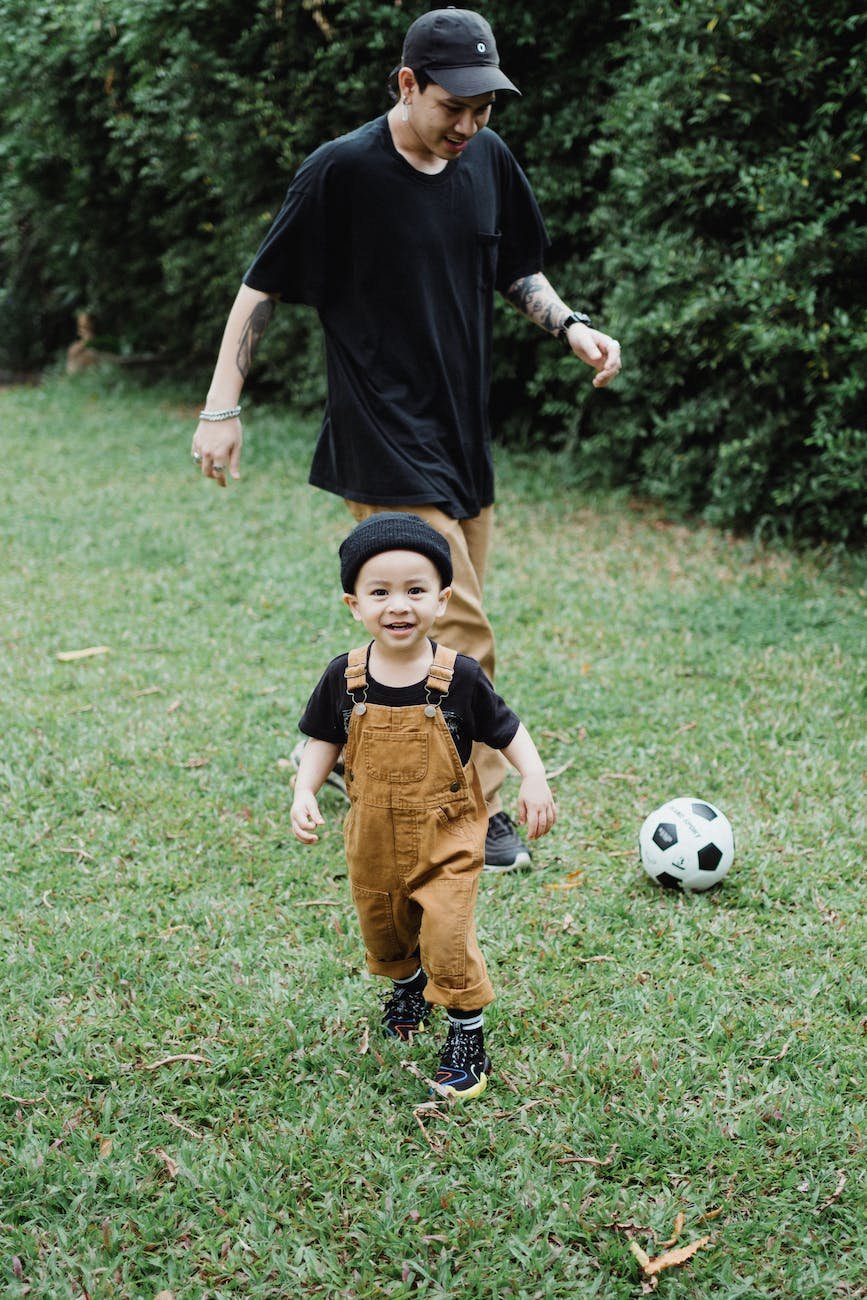Top Snow Gear for Soccer Players [Complete Guide 2024]
If you live in a place with weeks and months of snow, you know how painful it can be to get there on the soccer pitch. Whether you are a parent trying to the kids to practice, a coach to get them to move, or just a player attempting to perform, you know how painful it can be to adjust to the snow and the winter weather. Obviously, if it is actively snowing heavily, there is nothing much you can do to get visibility. However, you can definitely do a lot to stay dry and warm on the soccer pitch, while avoiding injuries. Many players get injured because of improper clothing, which is inexcusable. The field is more slippery and the players take time to warm up, with the right snow gear for soccer. Also, as players cannot easily see and are more likely to slip the collisions are more probable, so it is so vital to get the right gear.
What is the best snow gear for soccer players?
The best snow gear is the one that will keep you warm, and dry and protect you from injuries. Getting the right covers for your cleats is crucial to keep your feet dry. Then you have to cover any open areas, like your head, neck, and hands. For this, you should use neck warmers, beanies, and gloves. However, you cannot use the thickest ones like you use for skiing, because they will limit your movement and agility. Finally, make sure you get your thermal insulation right – base layers for your legs and your core body will provide both warmth and protection from injuries.
Cleat Covers by Sleef
There is nothing more important than keeping your feet dry. You just can’t move properly and will subconsciously avoid hitting the ball if they are wet and cold. The snow might melt on your feet, but the feet will become so cold that you will get injured or at least sick.
Sleef, a company from South Florida, has come up with “cleat covers”. While not designed to protect from snow, using polyester and spandex, work great. We can’t recommend them strongly enough! They cover only the parts that get wet, but the tip of the foot stays uncovered for better control. Also, they provide extra protection against slipping or rolling the ankles. As we mentioned before, players slip and bump into each other. You have to be extra careful to avoid getting injured by twisting the ankle and these covers will help you with that.
Neck Warmer by Nike
The neck warmer is vital to get the warmup ready. I cover most of my face so that the air that I breathe is warmed up at the beginning. Breathing freezing air can be detrimental for your lungs and your warmup will take much longer. Over time, I lower it to cover only my mouth and then just the neck. You don’t want your neck warmer to take too much water if it’s still snowing and you don’t want to be too rigid so that you cannot move your head to scan the pitch. Nike happened to get the right technology for that, but there are several others we recommend, too.
Bula – Great for cold weather, but absorbed too much water
Sleef – Waterproof and very cheap, but somewhat thinner
Adidas – Closest to Nike, but a bit more limited in movement
Waterproof Gloves by FanVince
The worst thing when I play soccer in the winter is when I get my feet wet. The only thing coming close to it is for my hands to get wet and freezing, even with the rest of the body dry. Now, you can’t just take your skiing gloves and look like you are wearing mittens on the pitch. You need water-resistant gloves with some protection. We found FanVince to work best for this, as they don’t absorb water. The protection if you slip is decent, which is also important. What you don’t want is to keep swapping gloves because they get wet, so these are the way to go. Finally, you want to have a little bit of grip, as this is still a physical sport and you might need to do throw-ins in the game.
Water-resistant Beanie by OtterShell
There was a saying that most of the heat dissipates from the head. That was proven to be wrong, but there is no doubt that we need to make sure that the head must remain dry and warm. The best way to achieve that is with a beanie. Now, we have tried hundreds of beanies, probably even more. The reason why we are picking OtterShell is because it’s the best balance between waterproofing and keeping warm, while also allowing for movement. There are other solid beanies, too. But, let’s not overthink it – don’t get anything weirdly shaped, too large, or bulky. If you find something that works better for you, let us know, as we are always looking out for better products.
Long Sleeve Base Layer by Under Armour
Layers, layers, layers! During winter this is crucial. Nobody does that for sports than Under Armour. We are looking for snow gear for soccer, but UA is good for all sports. We recommended a lighter version for rain that is still waterproof. However, you will need a base layer that provides that extra thermal insulation. Also, back injuries are very common during this time, so get the sturdier ones that will protect you from those kinds of injuries and provide extra support. I usually get colors to match with the uniform, but other players like to stand out with different colors. It’s really a matter of preference – UA has it all.
Leg Sleeves by Tough Outdoors
I used to wear leggings but changed to leg sleeves instead. If you want just a thin layer of support, then Tough Outdoors would do. However, if you want true winter protection, then Sleef is much better for you. It really adds that extra protection and I tend to use them even when it’s not as cold. It doesn’t limit movement of the ankles and the hips are free to rotate, too. So, I like combining it with the cleat covers for the ankles and I feel indestructible. Obviously, that’s not a good idea because I am definitely not. Nevertheless, I strongly recommend these for the winter and the snow.
Get your snow gear for soccer
There it is! Playing in the snow can be fun for kids until they find the pain of freezing hands and feet. Then it can cause such reluctance to get on the pitch, that parents end up begging the players to get out of the car. It doesn’t have to be that way. Getting the right snow gear for soccer is all that is needed. Staying dry and warm from head to toe can be done with the right equipment. Get your cleat covers and leg sleeves and you are halfway there. With the right base layer you will keep your core and arms warm, and the gloves will keep your hands dry. Finally, buy the beanie and the neck warmer for your head. It’s not that complicated and you might have to adjust. However, be ready for it with the items we suggest or let us know what works better for you and we’ll give it a try!

